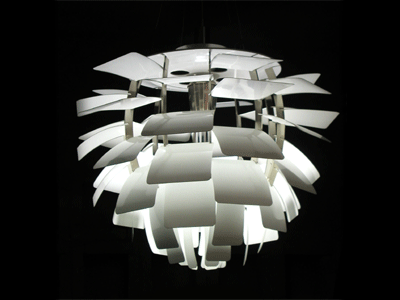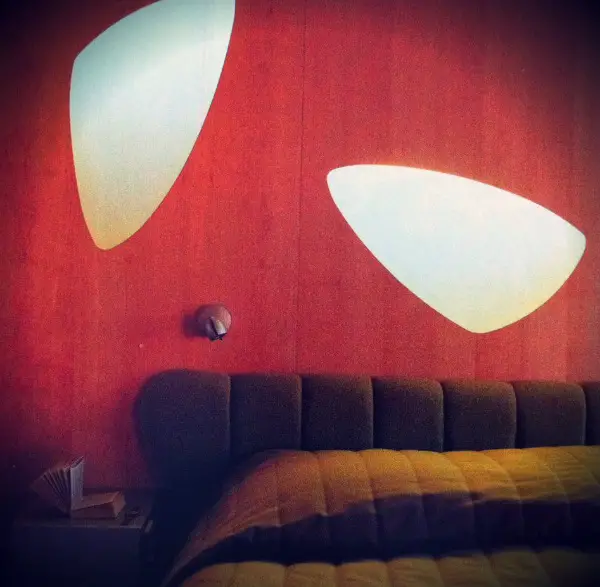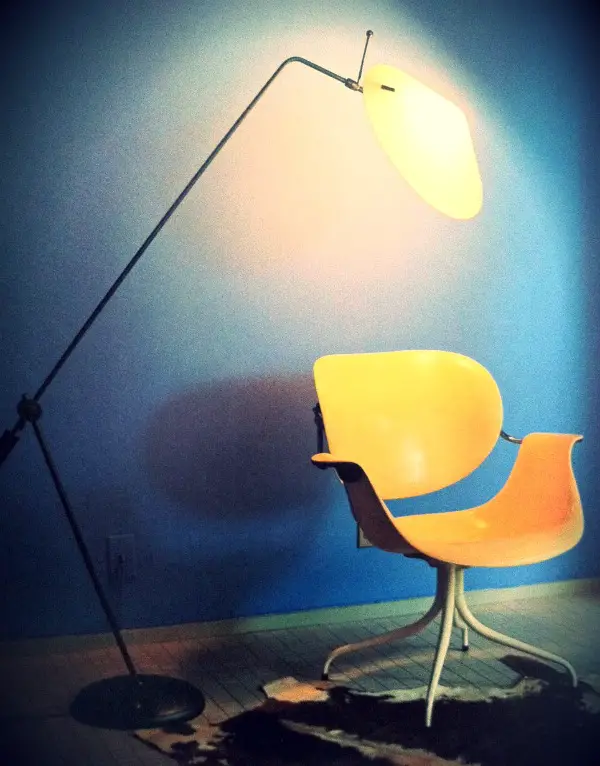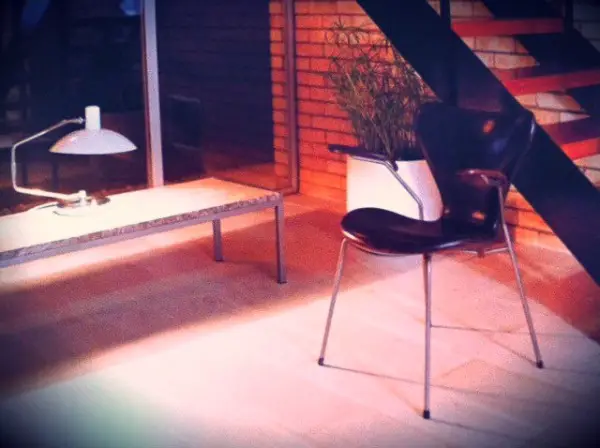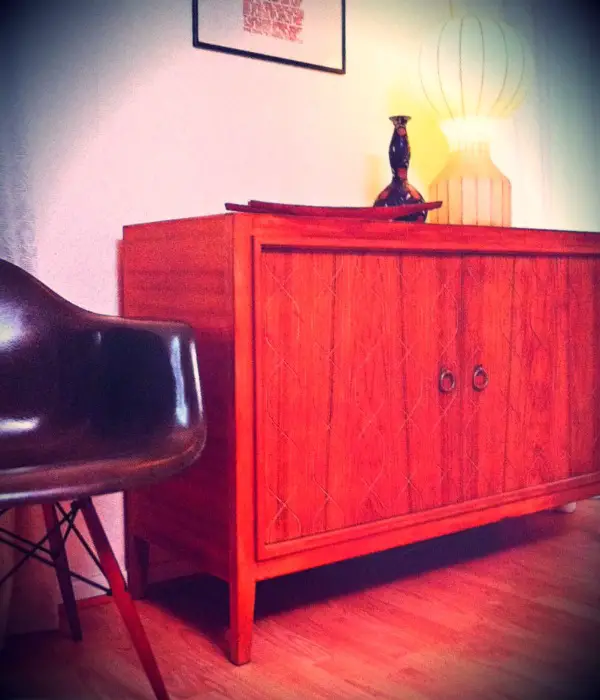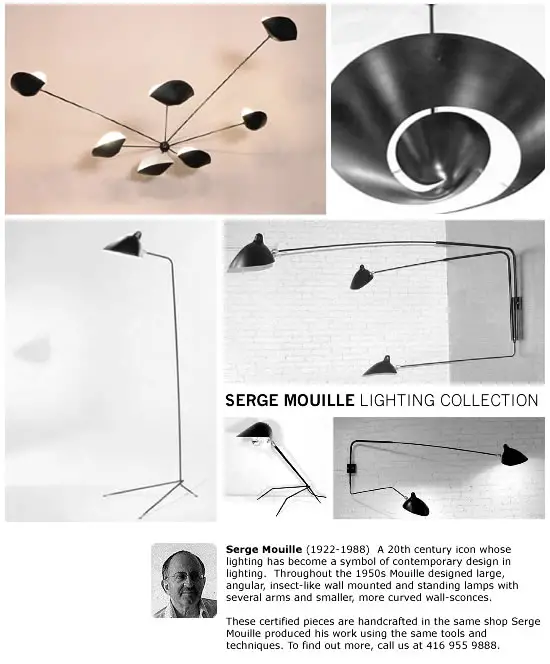Continues from Mid Century Houses And The Importance of Lighting.
Many of the most famous mid century lamps were, at first designed and manufactured in Sweden, Denmark or Finland where they were have been manufactured and sold over the years.
Artificial light was fundamental in the Scandinavian interiors due to the long Nordic winters. It became so important throughout the mid century modern period that it became the main concern of the architects when they had to design a room.
Mid Century Lamps Manufacturers
Keeping in mind the functionality, mid century lamp designers started to experiment with sculptural forms. Probably, the most famous examples are the PoulHenningsen PH lamps.
The peculiar design of his lamps allowed the light to brighten up the room without blinding the eyes. The PoulHenningsen PH series lamps are, in fact, the most sold pendants in the history of mid century modern design.
Other examples are the Louis Poulsen ceiling lamps which were more similar to futuristic jewelry than to fittings, and the Arne Jacobsen pendant which resembled the sculptural forms of the Alexander Calder’s furniture.
Wall lights were so designed as they wanted to hug the ceiling. Thanks to flat lampshades with arcing brackets that cantilevered over the floor, striking to the mind as an arm holding a torch. Rotating spotlights were able to be angled to point the light upwards, downwards or to the side.
Even though those lamps remembered torches and sconces of the 20s and 30s, the mid century lamps were completely different in the style and the materials used.
Mid century wall lights might be divided into two groups, lamps that projected light up towards the ceiling where it could be reflected back into the room and light fixtures which casted a beam inwards along the wall and diffused it with a shade angled downwards.
The first type was more suitable for rooms with white or pastel painted ceilings rather than wooden or paneled ones that would ruin the light propagation with shadows.
Stilnovo in Italy and Troughton&Young in Britain, produced lamps that even though fixed to the wall, were designed with extendable swivel arms and pulleys to adjust a pendant to the right height and bracket lights that could be moved vertically and horizontally from its position.
Many mid century lamps had adjustable brackets that enabled them to project the light along the wall or to radiate the light up towards the ceiling by rotating them. The modern lamps had to be flexible and adaptable to their user’s needs. Many Scandinavian lamps had such characteristic.
Another innovation which came into circulation during the mid century was the wall-light panels. They were panels, usually decorated with flowers, silhouettes, figures or abstractions and mounted on illuminated white opaline glasses.
They produced a shadow-box effect which gave the panels an artistic effect as it contrasted with the profile of the decorations and the light background. It also radiated a soft light.
Also, table lights were widely used during the mid century, normally to provide a background of soft ambient light instead of being used as a main lighting source.
Stoneware lamps decorated with brush-work finishes and fitted with pleated fabric shades were highly popular during the mid century, while the streamlined lamps had wooden stems with shades and a deflector on top to diffuse the light below.
Furniture combined with table lamps, like as a telephone table or desks with an incorporated table lamp were also quite common.
The furniture at that time had more organic and sculptural forms. Lamp designs followed the same trend with figurative abstract designs. The AchilleCastiglioni table lamps brought this trend to its highest level.
He investigated the different volumes and proportions of traditional lamps and redefined them to obtain highly functional and innovative design at the same time. One such example is the Arco lamp.
Colored glass particularly suited this trend. They became more beautiful when illuminated. The French manufacturer Daum excelled at these and its mid century table lamps are today highly desired by collectors.
Often, the manufacturers made a scaled tabletop version of their floor lamps, like Serge Mouille did with its tripod lamps made out of tubular steel and enameled shades.
(Photos via Louis Poulsen, Industrial Storm and ‘Mid-Century Modern‘)
As stated earlier, during the mid century period, lamps were often combined with furniture making blurred boundaries between floor lamps and other pieces of furniture. This innovation horrified some designers of that time who wanted to keep the two genres distinct from each other.
Doubtless, the most critical and traditional designer would also have agreed that whether or not incorporated in a furniture, the impact of lighting in a room can not be overstated.

